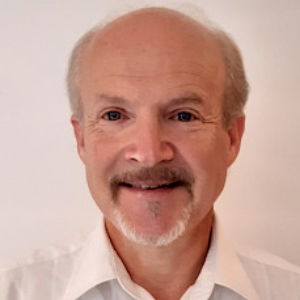Title : Chameleon nanocarriers for dynamic delivery of RNA Medicines
Abstract:
Twenty two RNA therapies reached the medical market by Q1 2023. Targeted intracellular delivery remains the key requirement. For refinements of nanocarriers we focus on a bioinspired, sequence-defined process including (i) artificial amino acids (ii) precise assembly into xenopeptide sequences by solid phase-assisted synthesis (iii) screening for delivery and selection of top candidates. A recent chemical evolution library combined aminoethylene amino acids as polar protonatable units with novel lipo amino fatty acids (LAFs) as hydrophobic protonatable motifs. These novel double pH-responsive nucleic acid carriers utilize intracellular delivery mechanisms of both cationizable lipids and cationic polymers. The endosomal pH-dependent tunable polarity of LAF was successfully implemented by a central tertiary amine, which disrupts the hydrophobic character once protonated, resulting in drastic pH-dependent change in the logarithmic (octanol/water) distribution logD from around +1 (pH 7.4) to -1 (pH 5.5). This “molecular chameleon character” turned out to be advantageous for mRNA, siRNA or CRISPER/Cas9 sgRNA delivery. The efficiency of best performers was up to several 100-fold higher compared to previous carriers. Transfection activity of mRNA lipoplexes was maintained even in the presence of 90% serum and at extremely low dosage of 3 pg mRNA (~2 nanoparticles/cell), in the range of the viral potency. mRNA lipoplexes showed great in vivo performance in mice with high expression levels in the spleen, tumor, lung, and liver upon intravenous administration of 1 µg luciferase mRNA.
Audience Take Away Notes:
- Explains how bioinspired chemical evolution can be applied to optimize RNA carriers
- Chemical evolution is based on precise sequences of defined building blocks
- Sequence-defined xenopeptides are assembled by solid-phase synthesis using artificial amino acids
- Intracellular delivery transporters must be dynamic to be efficient on nanoparticle basis



